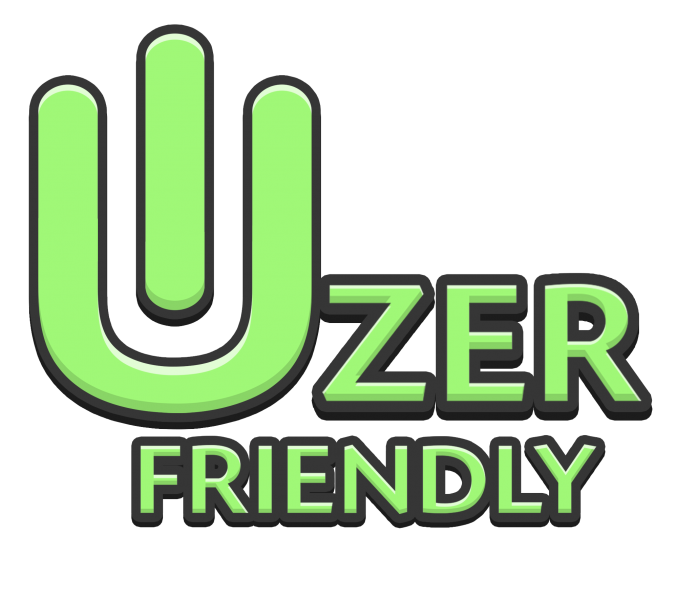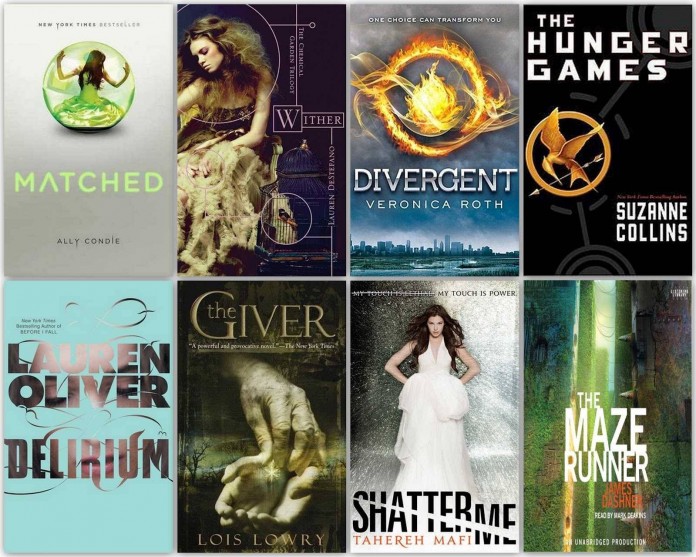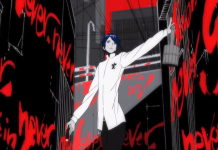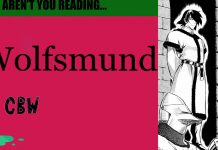I have read a lot of Young Adult (YA) dystopian novels in my years. Starting as a freshman with “Uglies” by Scott Westerfeld, I found myself falling in love with the genre and wanting to read every dystopian out there. I have gone through most of the popular ones, such as the kick-starter for the genre, “Hunger Games” by Suzanne Collins, as well as “Matched” by Ally Condie and my personal favorite- previously talked about on Uzerfriendly here and here– “Divergent” by Veronica Roth. While I noticed similar elements in each series, I devoured them all and ignored the clichés.
Now when I go to a bookstore and read the inside flaps of YA dystopian novels, I find myself rolling my eyes at each description. The clichés I noticed as an excited reader are now becoming overbearing and obvious; preventing me from wanting to read any new dystopian works out there. With the endless possibilities that the dystopian genre offers, I am amazed that I keep seeing the same plots recycled repeatedly for what seems purely as a marketing strategy. It doesn’t help that a lot of the dystopias are being made into movies- which makes the plots of these new novels seem like they are being made purely for movie adaptations. From previously being a huge fan of YA dystopian novels, I am now truly becoming sick of them.
A dystopia is, typically, a post-war or post-apocalyptic world in which society has fallen to ruin and a new, totalitarian government has taken complete control over the small groups of people remaining. The new society is usually divided up into separate sections, either by personality (such as in “Divergent” and “Hunger Games”) or by a typical city layout (“Matched”, “Uglies”). The government then enforces strict rules on the society, limiting both choices and freedom. This fairly basic concept can be taken in a variety of ways, as seen in most dystopias out there. That is one of the things I love about dystopias – the twisted, controlling, and original environments that the protagonists live in.
However, it is not the setting that is the problem in typical dystopian plots. A guest post from writingreadingandlife.com- “The 8 Point Dystopian Plot Formula” by Julia Gandrud– outlines the typical dystopian plot, which for the most part is correct. Here is my own basic outline:
A petite, weak, and pale girl lives in the middle of a society in ruin. Living in the (insert district or name of society here), she is anxiously awaiting her (insert ceremony here). She will be separated from her family and placed in (insert twisted rule/group of society here). All is going as planned until (insert name of dark, mysterious, and really hot boy here) shows up. Suddenly, everyone that she knows is changed. She has discovered that she is the (insert name of super special person that is way different and stronger than everyone else here) and a threat to (insert society name here). Finding her strength, she will have to fight against (insert government name here) and for everything she loves (especially the dark, brooding, mysterious hot boy).
Does it sound familiar? It should. Almost every dystopia I pick up lately seems to follow this standard plot progression. Of course, the protagonist should be seen as the most important character in the world, so it makes sense for her to be stronger than everyone else. However, it is starting to become a little overbearing. Instead of having some super secret power that everyone else has (which will always make her a danger to society), she should simply be someone who can bring people together to fight against the common enemy. Characters should be realistic – this kind of development is shaping them into characters we can no longer relate to.
The biggest problem in dystopias are the dark, brooding, mysterious boys. Can we get rid of them completely? All of them somehow are dangerous and filled with secret knowledge of the world. They know why the protagonist is special, the secrets of the society, or even things that happened before society fell. He always seems to “give the protagonist the strength she needs”, which is ridiculous and overused. (“Delirium” by Lauren Oliver is a great example of this.) Can the woman please, please find her own strength for once? This ideal feeds on the societal norm that insists women need men to make them stronger- which is not true at all. Even if the novel does not use a boy as a plot and character catalyst, movies seem to always push that he is the most important element of the story.
Love triangles are very evident in recent YA novels. (Once again, “Delirium” is an obvious example. It is still a great series, however.) People who talk about “The Hunger Games” seem to always think that the main point of the series is the love triangle between Katniss, Peeta and Gale rather than- I don’t know, maybe the fact that the government is forcing teenagers to kill each other on live television. I doubt that Suzanne Collins’ message when writing the novel was to point out how confused Katniss was. Even the “Divergent” movie fell into this category of women needing strength from men. Publicity for the movie made it seem like Four was the strength behind Tris, and the push in plot and character progression throughout the story. One of the reasons that I love the “Divergent” novel is because it falls away from this norm and has Four as a component of the novel, rather than the backbone of it.
There are many other clichés in dystopias that I could talk about for days. The ragtag group of friends, the overused themes, the absence of love. S.E. Sinkhorn of maybegenius.blogspot.com focuses on these clichés, as well as the pros and cons of each. There are so many tropes lately that almost anyone can write a popular YA dystopian. That, however, does not mean it is a good novel.
As a special treat, you can check out many of the novels discussed here by clicking on their designated titles.






